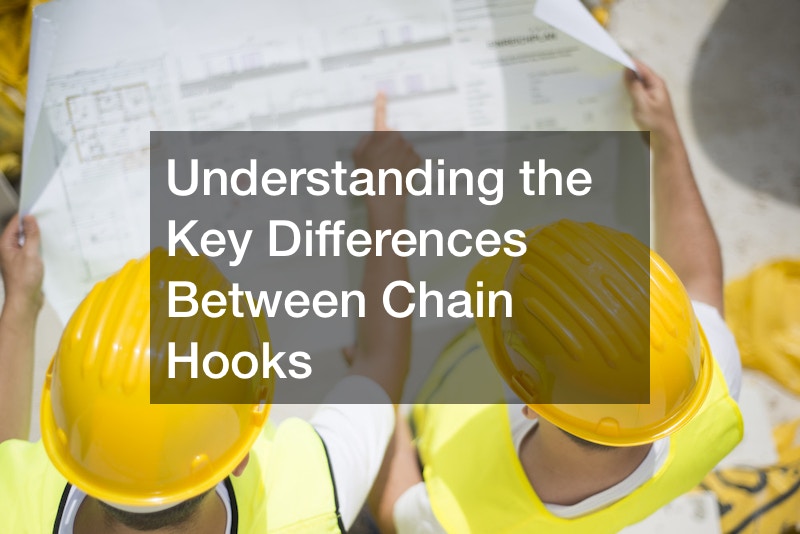
Rigging chains and hooks play a pivotal role in various applications, from load securement to lifting operations. Knowing the distinctions among different types of hooks is essential for safe and efficient rigging.
1. Safety Latch Hooks: Safety latch hooks are considered the standard in rigging applications, aligning with OSHA recommendations. They feature a safety latch, which is crucial for securement unless impractical or unnecessary for a specific application.
These hooks are widely used due to their ease of attachment and detachment.
2. Swivel Hoist Hooks: Swivel hoist hooks are equipped with an integrated swivel at the top, enabling directional positioning before a lift. However, caution is advised not to twist them under load. These hooks are designed to be rotated before the lift to prevent any twisting or spinning of inline components and cables.
3. Grab Hooks: Commonly found at the ends of chains or ratchet load binders, grab hooks are utilized for load securement. They feature an opening correlated with a specific size and length of chain. The clevis at the back allows easy attachment or reattachment to grade 70 transport chains or ratchet load binders.
In conclusion, understanding the distinctions among safety latch hooks, swivel hoist hooks, and grab hooks is crucial for selecting the right rigging equipment. Rigging chains and hooks are classified by their Working Load Limit (WLL) and dimensions, emphasizing the importance of compliance with safety standards for a secure and efficient rigging experience.
.






